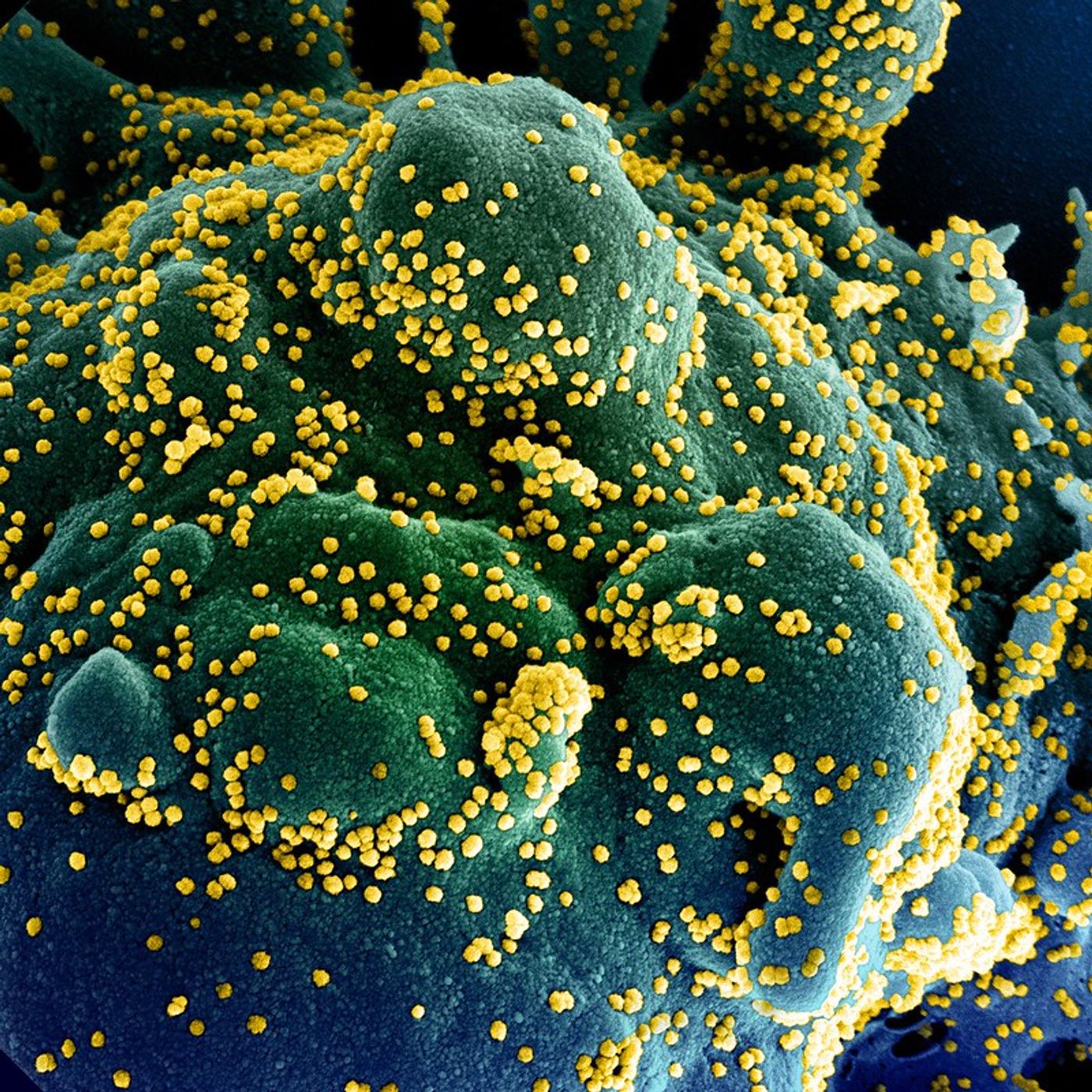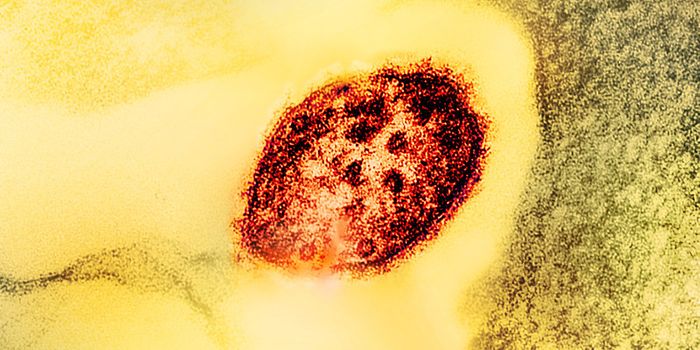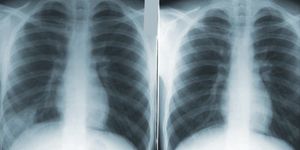SARS-CoV-2 Aerosols May Travel up to 13 Feet
SARS-CoV-2 has now caused tens of thousands of deaths worldwide, and hundreds of thousands of infections. Researchers are trying to learn as much as they can about the virus, how it spreads, how to prevent transmission and treat the illness it causes, COVID-19.
The virus can move from an infected person to a healthy one through direct contact. When an infected person coughs or sneezes, they expel respiratory droplets that can contain the virus, and can spread the infection to others - which is also why it is important for everyone to wear a mask; not all infected people will know they are infected. Surfaces in the immediate vicinity of infected people can also become contaminated with the virus.
It is still not yet known whether or not there is airborne transmission of the virus - when small particles that are tinier than respiratory droplets hang in the air for long periods of time. When researchers sprayed viral particles into the air with a powerful machine (that is stronger than a human cough), viable viral particles were detectable for three hours afterward. However, other research has shown that clinics housing COVID-19 patients don't have any viral particles in the air.
A new report from the Centers for Disease Control and Prevention has suggested that it may be possible for the virus to hang in the air and widely contaminate surfaces including floors, trash cans, computer mice, and doorknobs.
In their study, released early in Emerging Infectious DIseases, researchers at the Academy of Military Medical Sciences, Beijing, China, collected air samples from the COVID-19 isolation ward/intensive care unit (ICU) and general ward of two hospitals in Wuhan, China. The scientists found that 35 percent of the ICU samples and 12.5 percent of samples from the general wards tested positive for the virus. While the infectiousness of the viral particles that were found is not known, the researchers concluded: "that SARS-CoV-2 aerosol exposure poses risks."
They also assessed how contaminated the hospital environment had become with the virus, and found that viral particles were "widely distributed in the air and on object surfaces" in both areas of both hospitals, though ICU contamination levels were higher.
Encouragingly, none of the staff of these hospitals had been infected with the virus as of March 30, indicating that protective measures can play a huge role in preventing the spread of the virus.
Unfortunately, the data that was collected also indicated that the virus may be able to transmit over a distance of four meters or about thirteen feet. The researchers suggested that home isolation may be a bad strategy for people that are infected when they share a household with others. While many infected individuals will have no other option, the study shows that anyone sharing a household with a COVID-19 patient has to be extremely cautious; everyone should wear masks, surfaces should be disinfected frequently, people should limit contact as much as possible and stay as far away from each other as they can.
The scientists noted that the minimum dose required for infection is also not yet known; many of these viral particles, even if they are infectious, may not contain enough virus to cause illness in someone else. For now, we may be better off taking all the precautions we can.









